
Taboos of Expression and Yokai
Public opinion is in turmoil over the Aichi Triennale's "After Freedom of Expression" exhibition.
I don't express political opinions here, and in this particular case the content of the exhibition did seem biased, but as a general rule, freedom of expression should be protected and cannot be restricted as long as it is enjoyed in a closed space. While there is no need to succumb to political orders or threats, extremely discriminatory or hateful language should be restricted so that it is not seen by others (and even before that, a system should be put in place to encourage people to voluntarily reflect on their morality).
Also, although it was a while ago in the news, it was also a hot topic that the first severely disabled member of parliament was elected in this year's House of Councillors election.
The above two news items areAt first glance, it may not seem to have anything to do with yokai, but that's not necessarily the case.
Yokai have basically lived alongside ordinary people in a place that has nothing to do with politics.
However, when it comes to freedom of expression and discrimination, yokai cannot remain unrelated.
for example,Kunio YanagitaAs he wrote in "Hitome Kozo and Others":One-eyed boyThe story behind this is that during festivals, when a sacrifice was made to become a god's companion, one of its eyes would be gouged out and one of its legs broken so that it could be caught quickly if it escaped.
There are countless examples of people who have lost one of their eyes, or who were originally disabled, being worshiped as gods, only to fall into disrepair and be passed down as monsters.
Kumagusu MinakataEven though the objective of the anti-shrine consolidation movement was to shed light on the diverse ecosystems that have yet to be discovered through forest protection and conservation of the natural environment, it can also be seen as a political movement that sought to allow ordinary people to act freely.
Yoshihiko AminoResearch on nomadic peoples such as the Sanka (mountain people) by is also inseparable from the issue of discriminated peoples.
When it comes to discrimination, yokai are no strangers to stigma and prejudice.
There are many yokai that are thought to have originated from humans or animals with abnormal or deformed body parts.Hitotsume Kozo, Ippondatara, Rokurokubi, Two-mouthed Woman, Gen, Mermaid, Human-faced Dog, Little Old Man, etc.)
In recent years, anime"The Monster Human Bem"(1968) contains some discriminatory language and its broadcast is restricted (beep sounds are added when rebroadcast).
By the way, currently,"BEM"Apparently a new anime remake of the series is currently airing. (I haven't seen it yet though.)
This time, we will introduce an incident that took place during the Edo period regarding the regulation of depictions of monsters.
Utagawa Kuniyoshi(Ichiyuusai Kuniyoshi)Monsters by Tsuchigumo at the Residence of Minamoto no Yorimitsu" is a work that caused controversy during the Tenpo era due to its extremely strong satire.
The Tenpo Reforms, carried out during the Tenpo era (1830-1843) and led by the senior councilor Mizuno Tadakuni, were intended to protect the shogunate from internal troubles such as famine, uprisings, and the Oshio Heihachiro Rebellion, as well as the threat of foreign ships appearing near Japanese waters. In order to do so, all regulations were strengthened, luxury was banned, and public morals were regulated, resulting in harsh governance for the common people.
In the midst of all this, Utagawa Kuniyoshi painted "Ghosts and Spiders at the Residence of Minamoto no Yorimitsu."
By the way, Utagawa Kuniyoshi wrote,The old palace of SomaA giant skeleton drawn inThe image that inspired the Gashadokuro) and I like cats.Ukiyo-e with a cat motifHe is known for leaving behind many

The story of Minamoto no Yorimitsu's slaying of the Tsuchigumo was a popular motif in storytelling and illustrated books during the Edo period, and was depicted in works by many artists other than Utagawa Kuniyoshi.
The composition is often centered around the main scene of the battle between Minamoto no Yorimitsu and Tsuchigumo.
However, Utagawa Kuniyoshi's works were different.
First of all, Minamoto no Yorimitsu, who is supposed to be the main character, is sleeping in the back (he is ill).
Because of this, it is said that he is likened to Tokugawa Ieyoshi, who was the shogun but was indifferent to outside affairs (politics).
Even though his lord, Minamoto no Yorimitsu, is facing the threat of the Tsuchigumo, the one who is only concerned with what is happening outside is actually Mizuno Tadakuni, a senior councilor and central figure in leading the Tenpo Reforms, based on his family crest, although he appears to be Urabe Suetake, one of the four heavenly kings of Minamoto no Yorimitsu.
The other four heavenly kings of Yorimitsu (Watanabe Tsuna, Sakata Kintoki, and Usui Sadamitsu) are also said to have been among the Four Elders at the time of the Reforms (Sanada Yukitsugu, Hotta Masamune, and Doi Toshitsugu).
It is also said that the monsters depicted in the paintings are based on things that were subject to regulation.
The toothless Rokurokubi represents a "rakugoka" (storyteller), the trowel-wielding demon represents a "demon tile," and other objects that were considered entertainment items or extravagant in Edo at the time, such as a "tortoiseshell" and a "mokugyo" (wooden fish), are depicted as monsters representing the common people suffering under regulations and the shogunate officials who became victims of reforms.
When "Monsters by the Earth Spider at Minamoto no Yorimitsu's Residence" was first released, it didn't attract much attention, simply because it was an unusual earth spider story. However, as the story gained a reputation as a satirical cartoon (riddle) depicting satire and political criticism of the Tenpo Reforms, it began to become a hot topic with various interpretations.
From a modern Japanese perspective, one might think that this level of satire is enough, but there is an anecdote that the publishers at the time were so surprised and frightened by the reaction that they voluntarily recalled the books. Ironically, although Utagawa Kuniyoshi and the publishers were not punished for voluntary recall, some of the counterfeit and plagiarized works (such as Hashimoto Sadahide's "Tsuchigumo Yokai Zu") were banned.
Interpretations and descriptions of the time can also be found in diaries written by ordinary people at the time, such as "Takako Iseki's Diary," "Fujiokaya Diary," "Guidelines for Publication," and "Records of Events."
This shows how much the regulations imposed by the Tenpo Reforms threatened the freedom of ordinary people and caused people to become increasingly dissatisfied.
Even today, grassroots rebellion against strong regulations and controls often occurs.
Currently airing "Gegege no KitaroEven in the sixth season of the anime, there are occasional expressions of social satire and sarcasm.
Even though times change, people's desire for freedom of expression and their desire to entrust that feeling to yokai may not change.
By the way, Torii Yozo, who was the magistrate of Minamimachi during the Tenpo Reforms and who controlled the city, was in a position similar to that of the execution force leader. He was not only strict in his policing, but also used methods to deceive and belittle people, such as sting operations, and was therefore called "the most wicked man in the city" by the people of his time.Monsters” (His official rank and nickname, Kai no Kami Yozo, was reversed to “Yozo Kai no Kami” and then abbreviated).
During the same period, Toyama Kagemoto (Kinshiro), who implemented deregulation policies that were friendly to the common people as the Kitamachi magistrate, said,Toyama's Kin-san" He will continue to be loved by people in future generations.
This time, we introduced messages conveyed by yokai regarding taboos of expression and political satire.
How will the modern era, or more specifically the Reiwa era, be viewed by future generations?
Maybe only the monsters know.
Text by Keijiro Watanabe
Image: Monster painting by Tsuchigumo at the residence of Minamoto no Yorimitsu (from Waseda University Library's "Comprehensive Database of Classical Texts")
http://www.wul.waseda.ac.jp/kosho/bunko10/b10_8285/
References: "Illustrated Genealogy of Yokai Paintings" (Hyogo Prefectural Museum of History, Kawade Shobo Shinsha), "The Definitive Collection of Yanagita Kunio" (Yanagita Kunio, Chikumashobo)
■ Keichan Watanabe
Born in Asahikawa, Hokkaido. Graduated from the School of Human Sciences at Waseda University. An independent researcher of monsters.
He currently splits his time between Sapporo, Hokkaido, and Tokyo, and works as a management and IT consultant, but he studied folklore and cultural anthropology at university, and continues to study yokai as his life's work.
I am currently writing articles about monsters associated with Hokkaido, where I currently live, as well as current news about business and economics.
Twitter:https://twitter.com/keishiro_w

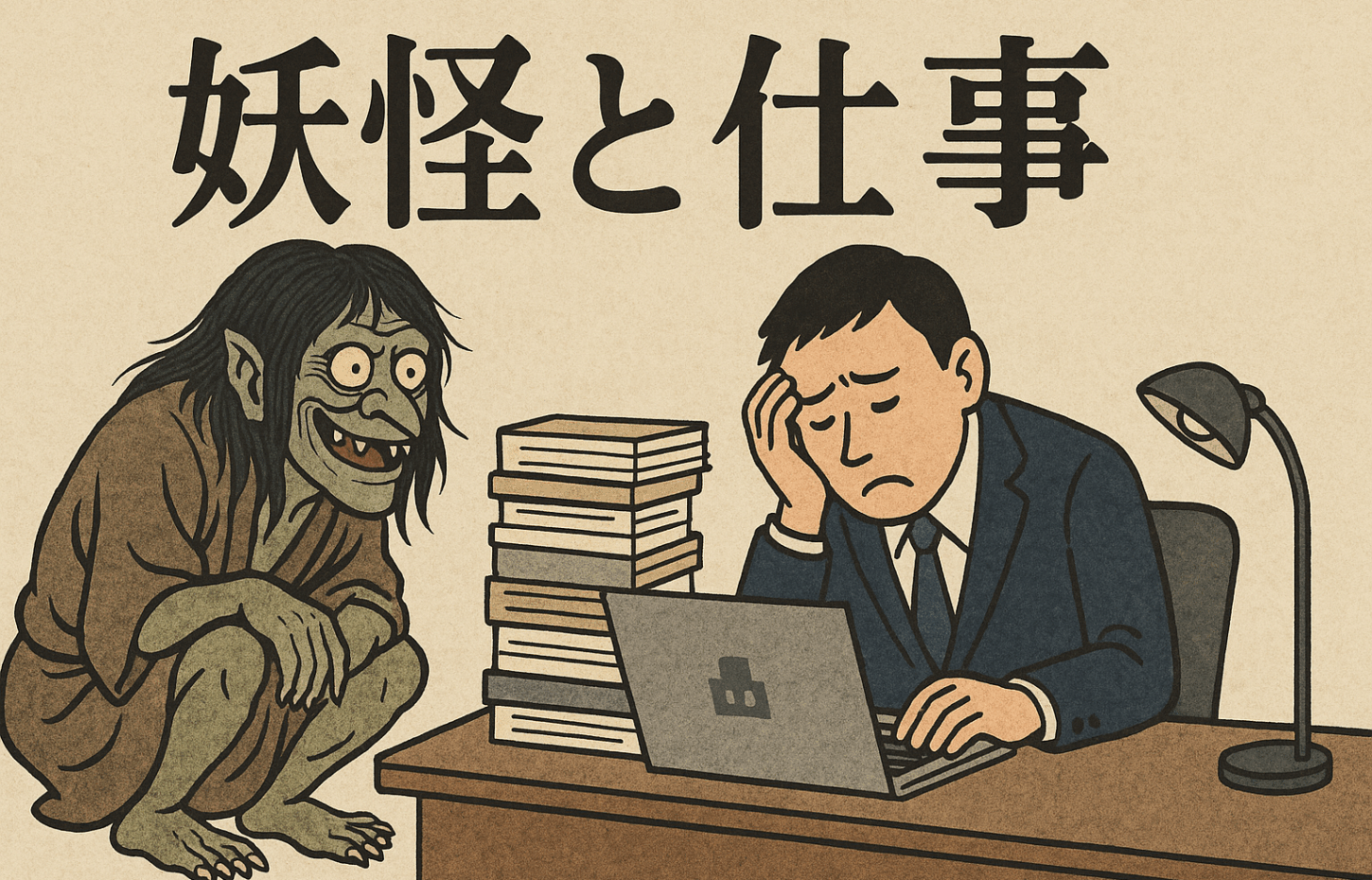
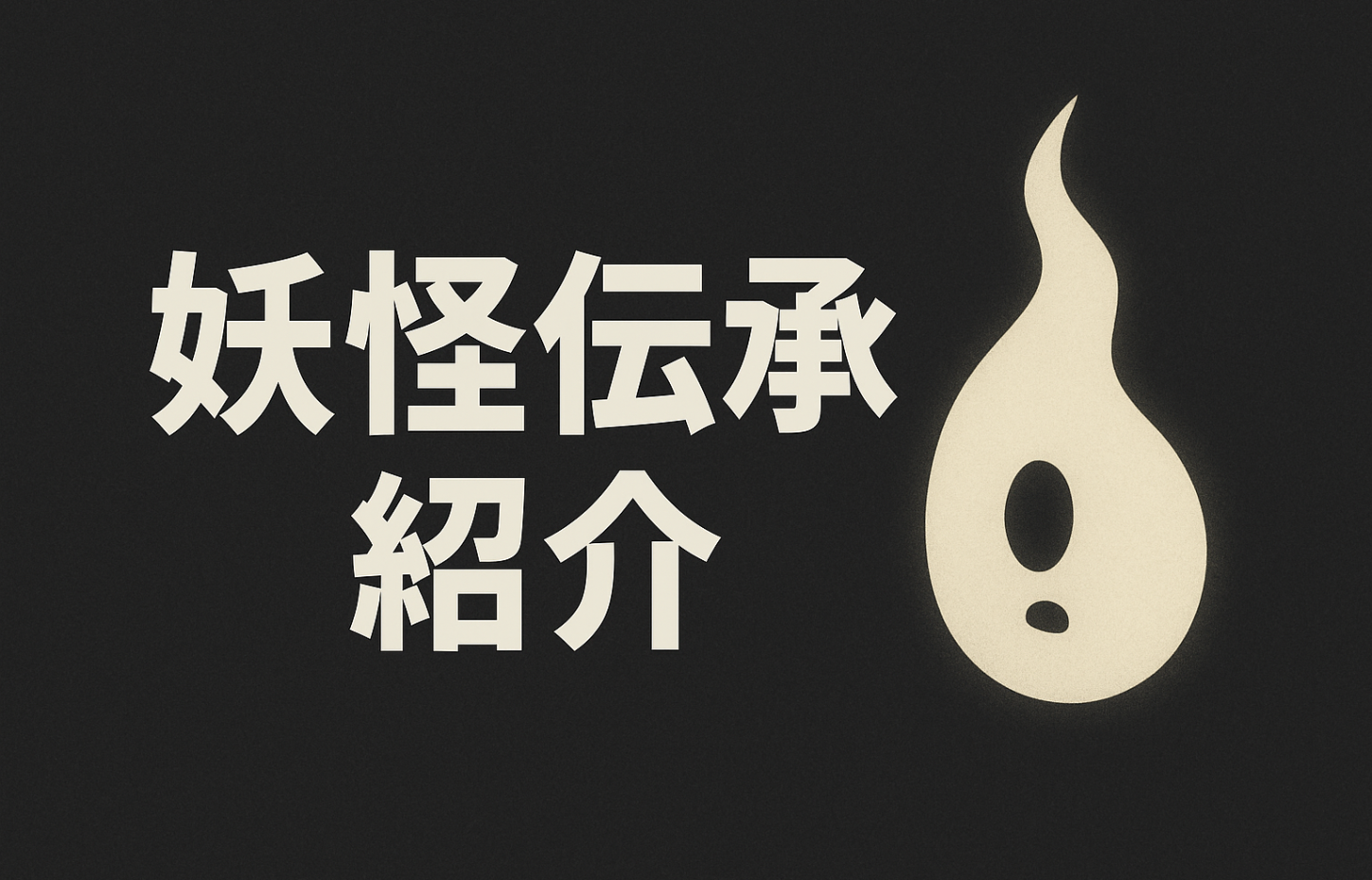
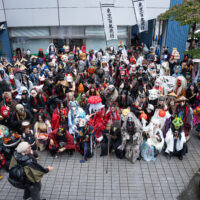
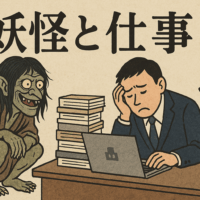
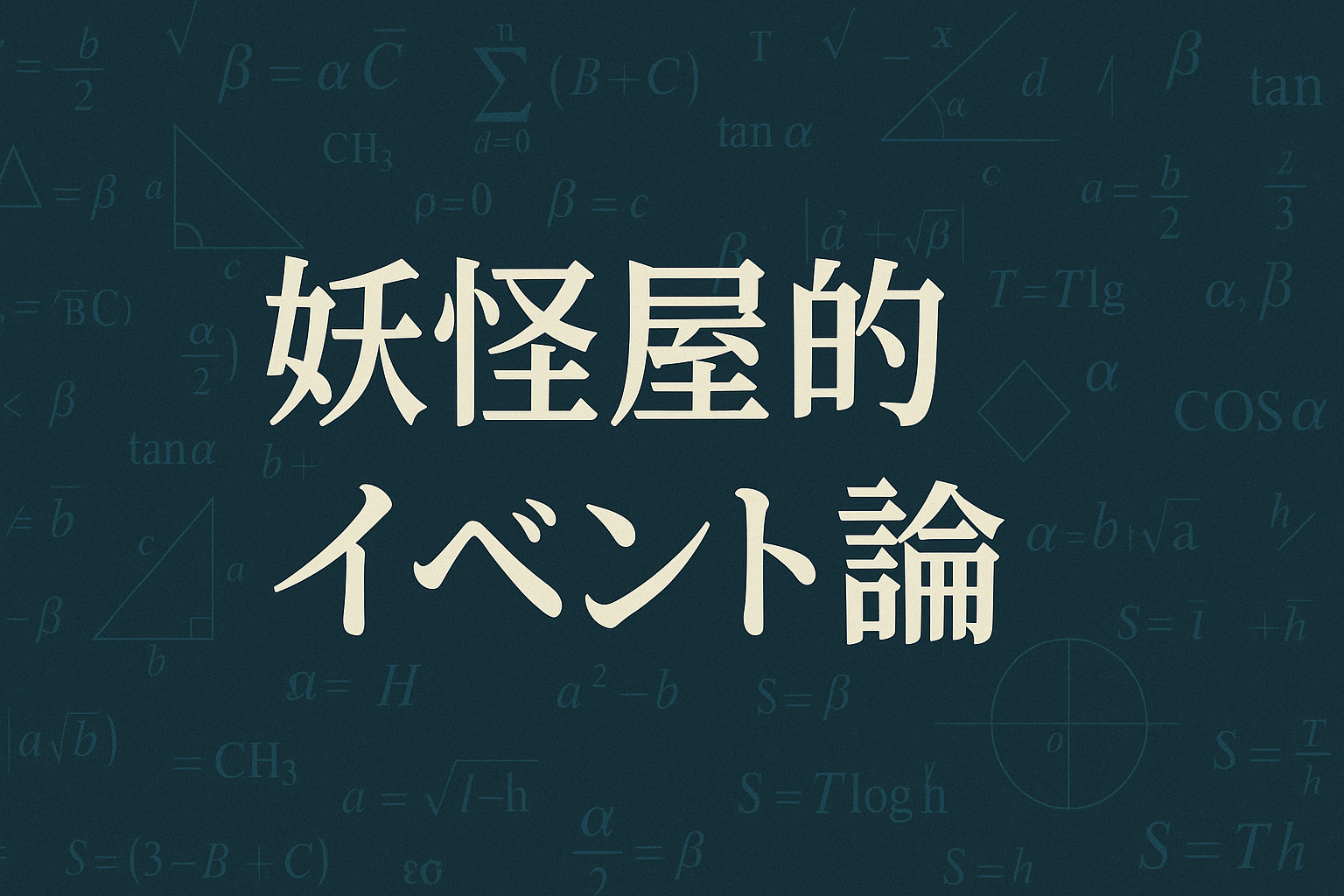



No comments yet.